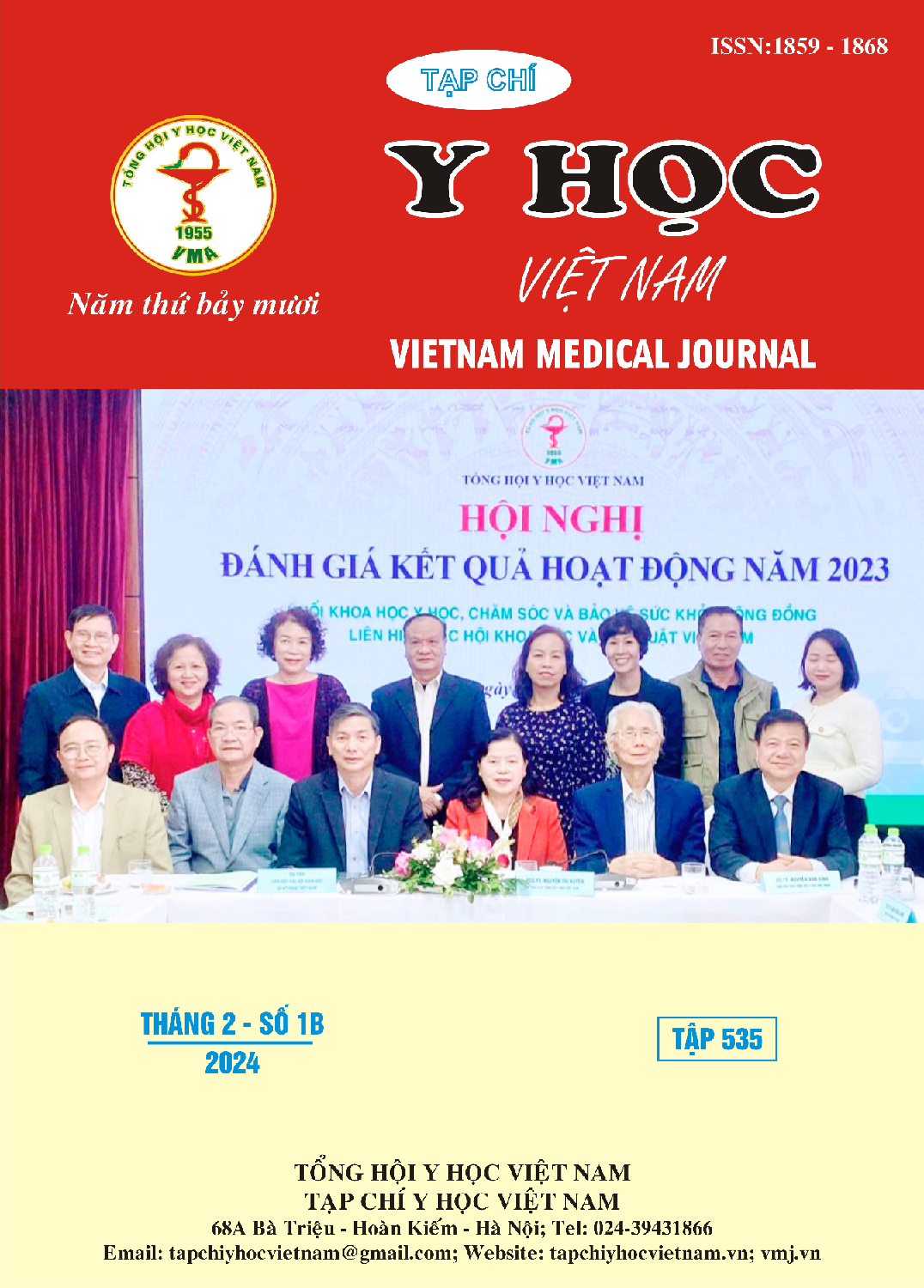FACTORS AFFECTING THE RATES OF OOCYTE MORPHOLOGY IN IN VITRO FERTILIZATION
Main Article Content
Abstract
Objective: The aim of this study was to determine the distribution of oocyte morphological abnormalities and several factors affecting these rates in Antagonist IVF cycles. Subjects and Methods: A prospective study was conducted on 812 IVF cycles from 2016 to 2019 at Andrology and Fertility Hospital of Hanoi. Mature oocyte morphology was evaluated following the Alpha concensus. A total of 14 oocyte morphological features, including intracellular and extracellular abnormalities, were evaluated. Logistic regression analysis was performed to evaluate the effectiveness of maternal age, number of oocytes, percentage of mature oocytes, and total dose of FSH on oocyte morphological abnormalities. Results: The most prevalent dysmorphisms of the oocyte were heterogeneous granulation (38,6%), perivitelline space (PVS) granulation (30,2%), fragmented polar body (PB) (29%), and large PVS (27,5%). The predictive models using binary logistic regression showed that maternal age had an impact on the PVS features. The oocyte maturation rate affected the smooth endoplasmic reticulum (SER) and vacuole (VAC) rates. The number of retrieved oocytes correlated positively with the presence of most oocyte morphology abnormalities (all positive beta coefficients, p<0,05), except the narrow PVS. Total dose of FSH influenced the presence of irregular shaped zone pellucida (ZP), PVS granularity, fragmented PB and centrally located cytoplasmic granulation (CLCG). Conclusion: The rates of some oocyte dysmorphologies may be influenced by maternal age, oocyte maturity, retrieved oocyte number, and total FSH dose
Article Details
Keywords
Oocyte morphology, maternal age, oocyte maturity, retrieved oocyte number, total FSH dose
References
2. Alpha, S.i.R.M.a.E.S.I.G.o.E. and C.D. Conference, The Istanbul consensus workshop on embryo assessment: proceedings of an expert meeting. Hum Reprod, 2011. 26(6): p. 1270-83.
3. Van Blerkom, J., Occurrence and developmental consequences of aberrant cellular organization in meiotically mature human oocytes after exogenous ovarian hyperstimulation. Journal of Electron Microscopy Technique, 1990. 16(4): p. 324-346.
4. de Cássia, S.F.R., et al., Metaphase II human oocyte morphology: contributing factors and effects on fertilization potential and embryo developmental ability in ICSI cycles. Fertil Steril, 2010. 94(3): p. 1115-7.
5. Nikiforov, D., et al., Human Oocyte Morphology and Outcomes of Infertility Treatment: a Systematic Review. Reprod Sci, 2022. 29(10): p. 2768-2785.
6. Li, M., et al., Pregnancy with oocytes characterized by narrow perivitelline space and heterogeneous zona pellucida: is intracytoplasmic sperm injection necessary? J Assist Reprod Genet, 2014. 31(3): p. 285-94.
7. Shioya, M., et al., P-153 Oocytes with narrow perivitelline space have poor fertilization and developmental potentials after ICSI. Human Reproduction, 2022. 37(Supplement_1).
8. Cota, A.M., et al., GnRH agonist versus GnRH antagonist in assisted reproduction cycles: oocyte morphology. Reprod Biol Endocrinol, 2012. 10: p. 33.


